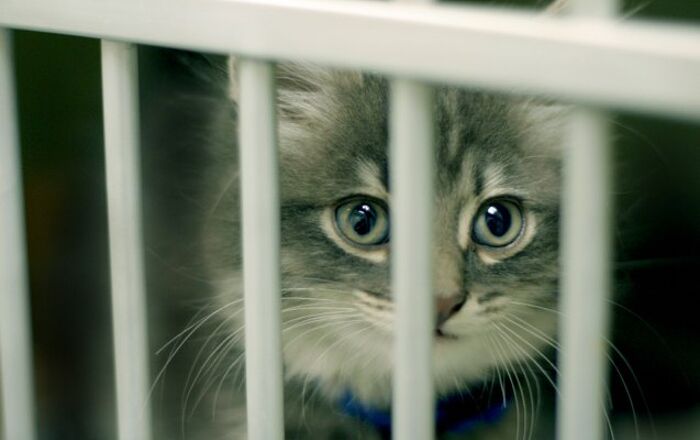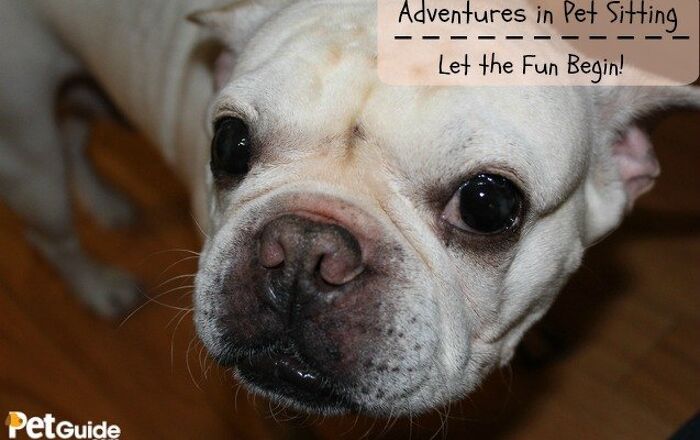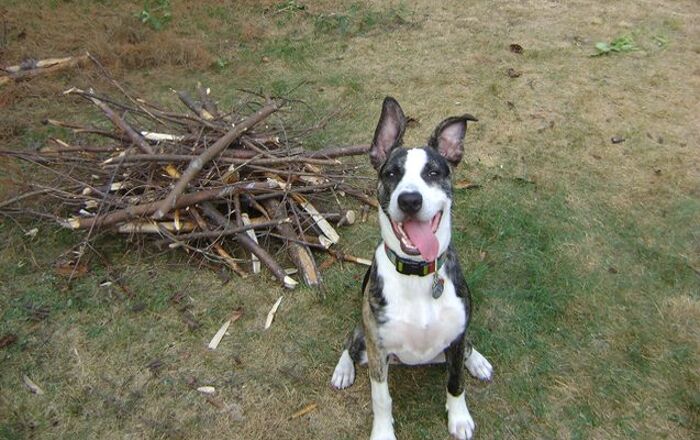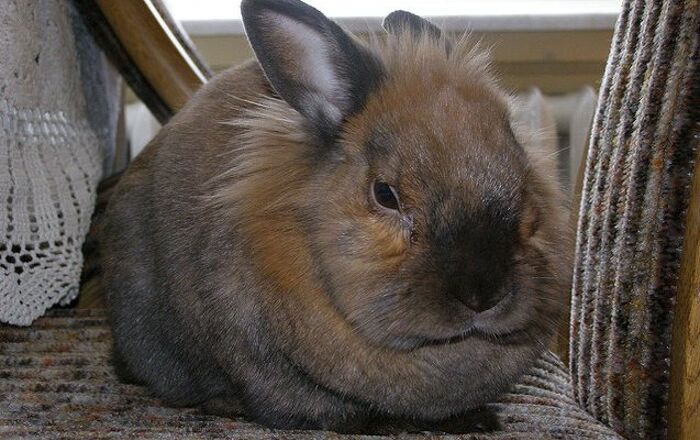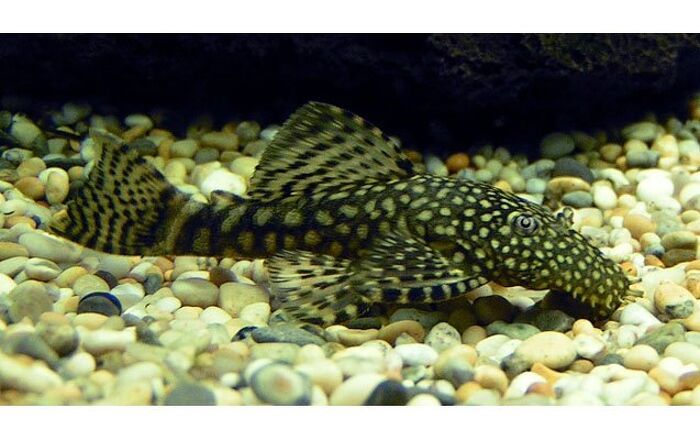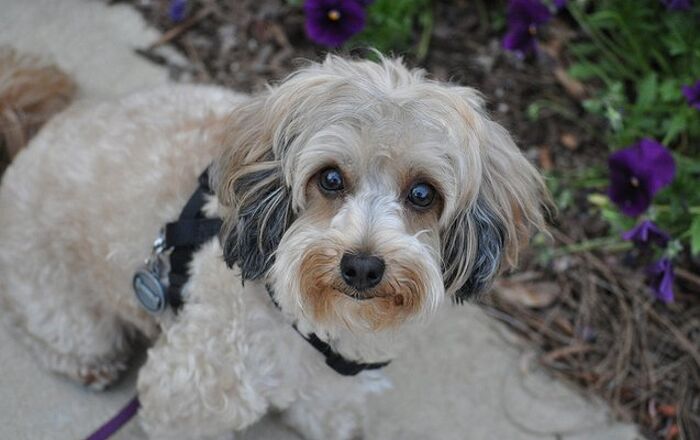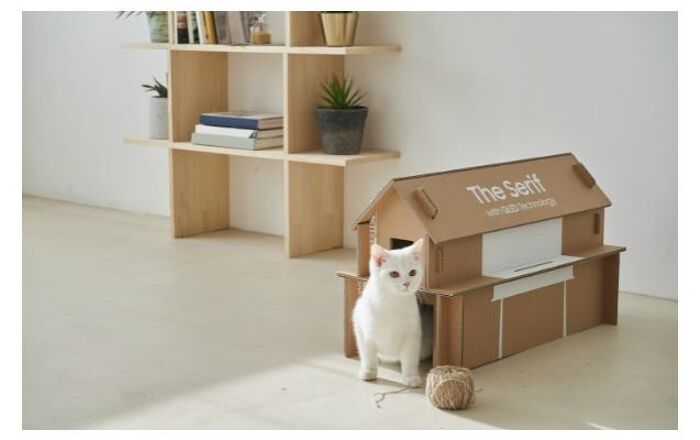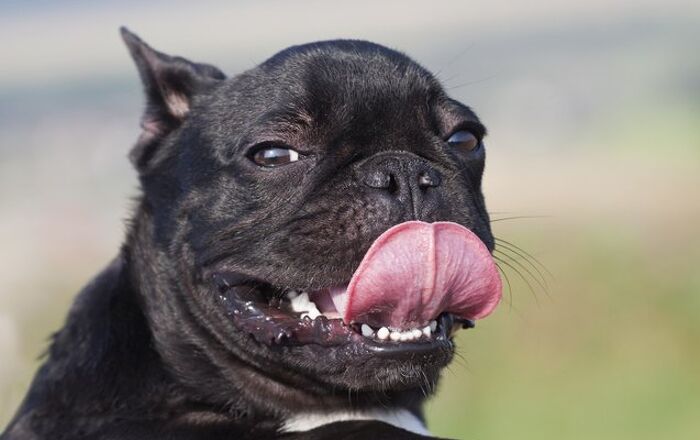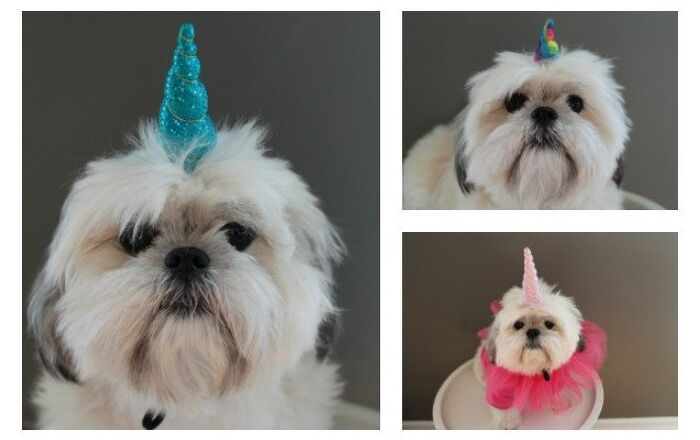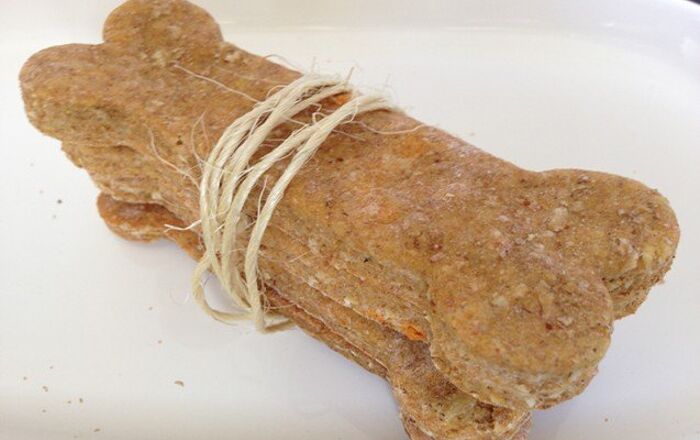Schnorgi is a mix of Welsh Corgi and Miniature Schnauzer and will display a combination of traits of the parental breeds.
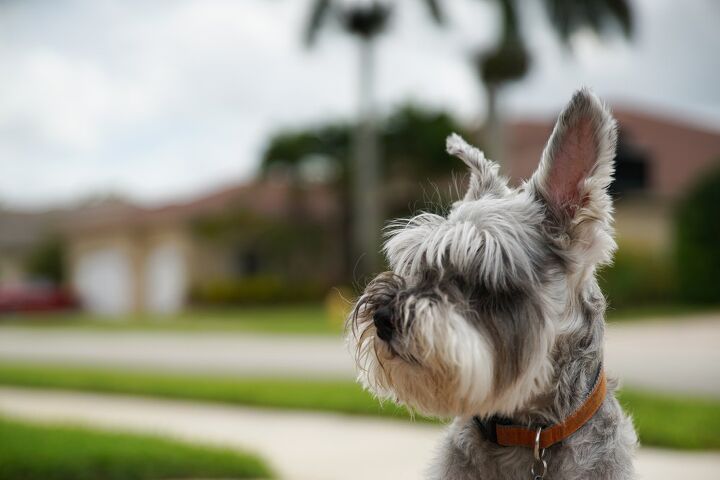
Schnorgi Basics
Sweet, friendly, and playful, the Schnorgi will bring a lot of joy to your life. This hybrid is a mix of Welsh Corgi and Miniature Schnauzer and will display a combination of traits of the parental breeds. They can be smart like their Schnauzer mom or dad, or sport the short-legged look of a Corgi – there are so many variations possible, which only adds to the appeal of this designer dog breed.
As a sociable and affectionate breed, the Schnorgi makes a perfect companion dog, for small and large families alike. They are not high-maintenance and can be a great choice for singles, seniors, or families with older children. Due to their small size and moderate energy levels, these dogs make great apartment pets and adapt easily to city living.
Origin
The majority of designer dog breeds have somewhat of a “murky” past – it’s difficult to pinpoint the exact period when breeders started intentionally developing this crossbreed rather than it being a result of an unplanned mating between two purebreds. The development of the breed was never documented, but it’s safe to assume that the first intentional Welsh Corgi and Miniature Schnauzer mixes were created at the peak of the designer dog craze, which puts the breed’s origin sometime in the early 00s in North America. While a fairly new and rare designer breed, Schnorgi comes from two purebred parents that have a long and rich history.
The Welsh Corgi hails, as the name suggests, from Wales, and it’s believed its origins can be traced as far as 1107 AD, even though the breed as we know it today made its official appearance in the early 1900s. They were originally bred to be herding dogs, so-called “heelers” who nip at the heels of cattle to keep them going, but nowadays, Corgis are beloved companion dogs. On the other hand, Miniature Schnauzers were originally bred to be ratters and farm guard dogs, and the breed was developed in the 19th century in Germany. To get their distinct looks and personality, breeders mixed standard size Schnauzers with smaller breeds such as Miniature Pinscher, or Affenpinscher.
Pedigree
As a designer dog, the Shnorgi doesn’t have an officially recorded lineage or a pedigree. The American Kennel Club doesn’t recognize them as a breed, either, so there can’t be official papers documenting your Schnorgi’s family tree, even if you obtain a puppy from a reputable breeder – they can only show you the pedigree papers of the purebred parents. Purebreds with pedigree also have to adhere to a certain set of standards, such as weight and height limit, allowed coat colors, a certain shape or general characteristics of the eyes, snout, and so on. This is also one of the reasons why hybrid breeds, such as the Schnorgi, can’t be considered pedigree dogs.
As the first-generation mixes, Schnorgis are a direct result of mating two different purebreds – Welsh Corgi and Miniature Schnauzer. When you cross breed purebred dogs, their litters can be quite unpredictable in terms of look. Even though many claim that such mixes tend to be healthier than their purebred counterparts, it’s undeniable that there’s no way to predict which of the parental breeds will the puppies favor more – even within the same litter, there could be big differences in appearance between puppies. The only thing that’s certain about the Schnorgi is that it will be a small breed dog, as both of its parents are, too.
Food / Diet
A balanced and complete diet is a must for any dog, but even more so for the Schnorgi. Thanks to their Welsh Corgi parents, these dogs are prone to obesity and can gain excess weight fairly quickly. And with obesity comes a myriad of other health issues, so it’s essential to help your pet maintain a healthy weight. This means no free-feeding, no overfeeding (stick to recommended portion size!), and no spoiling your pooch with far too many treats in between the meals. But what about the food itself – what type of food is best for a Schnorgi?
Dry dog food will do just fine for most Schnorgis, as long as it is a premium quality, made with wholesome, natural ingredients, and formulated to meet their unique needs. This means a kibble formula that is meant for small breed dogs, with moderate energy levels, appropriate for the life stage of your pet (puppy, adult, or senior). Avoid kibble that is full of fillers such as meat meal and by-products, laden with unhealthy carbs, and has artificial colors and flavors – it can only be detrimental to your pet’s health in the long run.
Training
Eager to please and highly intelligent, these dogs tend to do well with training. They learn quickly when you have the right approach – positive reinforcement methods work like a charm. Rewarding good behavior with treats (low kcal ones, though!) and praise will motivate your dog to learn commands and put in the effort. On the other hand, yelling or punishing your dog for something they did that they were not supposed to, is not only cruel but can also be counterproductive as it won’t teach them what they should or should not do – they’ll just be scared of you. Sometimes, Schnorgis can have a stubborn streak, which can make training a bit more difficult, but with some patience, there shouldn’t be any reason for the process not to go smoothly.
In addition to training, socialization is an important part of a dog’s upbringing. Introducing your Schnorgi puppy to new people, other pets, kids, and different environments will help shape them into an easy-going, sociable adult dog. Fail to socialize them on time, and you might have a skittish, nippy dog at your hands. Like all small breeds, if not trained and socialized on time, Schnorgis can become bossy and develop small dog syndrome, so it’s important to focus on their upbringing early on.
Weight
Both the Miniature Schnauzer and the Welsh Corgi are small breed dogs, so their mixed breed offspring will be the same. The expected weight for an adult Schnorgi is between 15 and 35 pounds, depending on which of the parental breeds they favor more.
Temperament / Behavior
Playful and affectionate, Schnorgis are ideal companions. These dogs are a joy to be around and will brighten your day with their cuddly nature and goofy antics. They form strong bonds with their owners and are very loving and somewhat clingy – they’ll love curling up to you on the sofa for some late afternoon cuddles and will follow you around the house, wanting to be included in all of your activities.
When socialized on time, Schnorgi will do well with children (preferably older and more dog-savvy kids) and won’t mind sharing his family with other pets in the household. They are really friendly and charm everyone around them, humans and canines alike. These dogs are also quite smart, which means you’ll have to keep their active minds occupied to prevent boredom – because if they get bored, mischief quickly follows. Engaging playtime or interactive puzzle toys will keep them sharp and out of trouble.
Common Health Problems
Even though it is considered that first-generation cross breeds such as Schnorgi are healthier and more robust than their purebred parents, that doesn’t mean that they are immune to congenital issues or that there is no predisposition for certain illnesses. These dogs can be affected by issues typical for either of the parental breeds, which include hip dysplasia, intervertebral disc disease (especially if they have a Corgi-like body), epilepsy, eye issues, and allergies. Another health concern for Schnorgis is obesity, as they gain weight easily, so be mindful of their diet and portion size.
Life Expectancy
There’s not enough information about Schnorgis, as they are a fairly new breed, for anyone to be able to ascertain their lifespan with any degree of certainty. However, based on the lifespan of their parents, we can estimate the life expectancy for the Schnorgi, which is 12 to 15 years. This is an average lifespan for dogs of this size, and companion dog breeds in general.
Exercise Requirements
Don’t let their small stature fool you – Schnorgis are highly energetic dogs! Granted, they won’t need heavy-duty exercise, as, say, a German Shepherd, but they do need daily workouts nonetheless. Circa 60 to 90 minutes of exercise will keep your Schnorgy fit and happy. This could be long walks, hikes, or active playtime such as playing fetch in your backyard. You could even do agility training with your pet if that’s something that interests you – Schnorgi definitely has the smarts and energy for it!
Even though they are energetic, Schnorgis are too high-maintenance when it comes to their activity requirements. If you live in a house with a fenced-in backyard or in an apartment but you lead an active lifestyle, you’ll have no problem keeping up with your Schnorgi.
Recognized Clubs
The American Kennel Club doesn’t recognize designer dogs and Schnorgi is no exception. However, there are smaller canine clubs and organizations that ate dedicated to breed inclusivity and giving designer dogs breed status – such as Dog Breed Registry (DBR) and International Designer Canine Registry (IDCR), both of which recognize the Welsh Corgi and Miniature Schnauzer mix as the breed Schnorgi. Even though not officially recognized as a breed, the Schnorgi has quite a following and is growing in popularity due to his adorable looks and fantastic temperament.
Coat
The Welsh Corgi has a short but dense double coat, and the Miniature Schnauzer comes in two types – soft or wiry coats. So what do you get when you crossbreed the two? A surprise! When it comes to coat type, there’s no saying which genes will be the more dominant in your Schnorgy puppy. They may have a coat that needs occasional trims, or short-clipped hair that sheds like crazy – it really is a gene lottery kind of deal. In any situation, however, Schnorgi isn’t high-maintenance when it comes to their coats.
They will need regular brushing (ideally once a day) to keep their coat smooth and minimize shedding, which can be moderate to high. In some cases where puppies take up after the Miniature Schnauzer parent, they might need their coat clipped from time to time, but nothing too demanding. When it comes to possible coat colors for the Schnorgi, the most common ones include fawn, black, white, gray, black and tan, or salt and pepper.
Puppies
When it comes to litter size, Miniature Schnauzer and Corgi can give birth to anywhere from 3 to 8 puppies in their mixed litters. Every puppy can be unique, with some favoring the short-legged stature of the Corgi and others sporting the irresistible “beard” of the Miniature Schnauzer. It’s that uniqueness that makes designer dogs so special! Even though Schnorgi puppies are unbearably cute, that shouldn’t be an excuse for spoiling them – start basic training and socialization while they are still young and malleable.
At about 7 weeks old, a Schnorgi can be taught the basics, such as commands “sit” and “stay”. As they grow older and their focus and attention span improve, you can gradually move on to bigger things, such as potty training (between 12 and 16 weeks), until you reach the 6-month mark, which is considered the right time for formal, more complex training.
